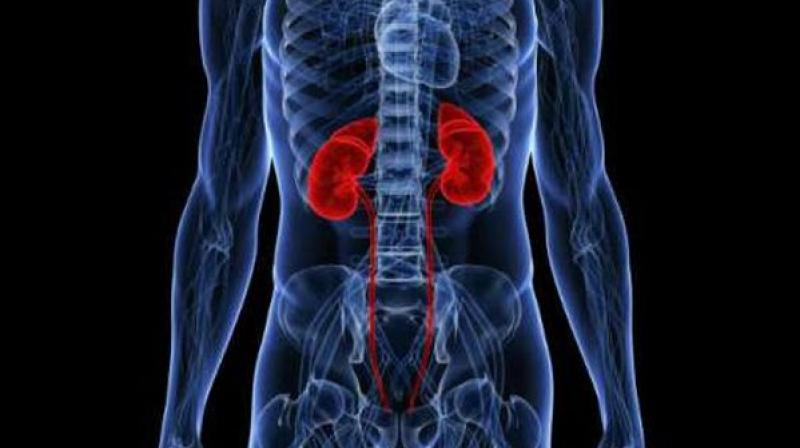



Researchers from the Children’s National Health System research say they have discovered a novel process by which the APOL1 gene contributes to renal disease. They reported their finding (“APOL–G1 in Nephrocytes Induces Hypertrophy and Accelerates Cell Death”) in the Journal of the American Society of Nephrology.

Mutated versions of the APOL1 gene render people of African descent at heightened risk of developing chronic kidney disease. Using genetic techniques, the team was able to mimic APOL1 renal cell pathology in the fruit fly Drosophila melanogaster. This opens the door to pinpointing other proteins that interact with APOL1, a vital first step toward identifying medicines to treat renal diseases that currently have no drug therapy.
“This is one of the hottest research topics in the kidney field. We are the first group to generate this result in fruit flies,” says Zhe Han, Ph.D., a senior Drosophila specialist and associate professor in the Center for Cancer & Immunology Research at Children’s.
People of African descent frequently inherit a mutant version of the APOL1 gene that affords protection from African sleeping sickness, but is associated with a 17- to 30-fold greater chance of developing certain types of kidney disease. That risk is even higher for individuals infected with the human immunodeficiency virus (HIV). Drosophila nephrocytes accurately mimic pathological features of human kidney cells during APOL1-associated renal disease.
“Nephrocytes share striking structural and functional similarities with mammalian podocytes and renal proximal tubule cells and therefore provide us a simple model system for kidney diseases,” says Dr. Han, who has studied the fruit fly for 20 years and established the fly nephrocyte as a glomerular kidney disease model in 2013 with two research papers in the Journal of the American Society of Nephrology.
In this most recent study, Dr. Han’s team cloned a mutated APOL1 gene from podocyte cells cultured from a patient with HIV-associated nephropathy. They created transgenic flies making human APOL1 in nephrocytes and observed that initially the transgene caused increased cellular functional activity. As flies aged, however, APOL1 led to reduced cellular function, increased cell size, abnormal vesicle acidification, and accelerated cell death.
“The main functions of nephrocytes are to filter proteins and remove toxins from the fly’s blood, to reabsorb protein components, and to sequester harmful toxins. It was surprising to see that these cells first became more active and temporarily functioned at higher levels,” notes Dr. Han. “The cells got bigger and stronger but, ultimately, could not sustain that enhancement. After swelling to almost twice their normal size, the cells died. Hypertrophy is the way that the human heart responds to stress overload. We think kidney cells may use the same coping mechanism.”
The Children’s research team is a multidisciplinary group with members from the Center for Cancer & Immunology Research, the Center for Genetic Medicine Research, and the Division of Nephrology. The team also characterized fly phenotypes associated with APOL1 expression that is expected to facilitate the design and execution of Drosophila genetic screening approaches to identify proteins that interact with APOL1 and contribute to disease mechanisms. Such proteins represent potential therapeutic targets. Currently, transplantation is the only option for patients with kidney disease linked to APOL1.
“This is only the beginning,” points out Dr. Han. “Now, we have an ideal preclinical model. We plan to start testing off-the-shelf therapeutic compounds, for example, different kinase inhibitors, to determine whether they block any of the steps leading to renal cell disease.”
 Relevant
news
Relevant
news